5 Designers to Refresh Your Home
Meet the creatives who, using their expertise and passion, can help add unique finishing touches to your home
Meet the creatives who, using their expertise and passion, can help add unique finishing touches to your home
Whether you’re looking for wooden furniture that’s handcrafted to order, a fragrance to remind you of your travels, or a tea set infused with meaning, these designers can help elevate your home into something truly special.
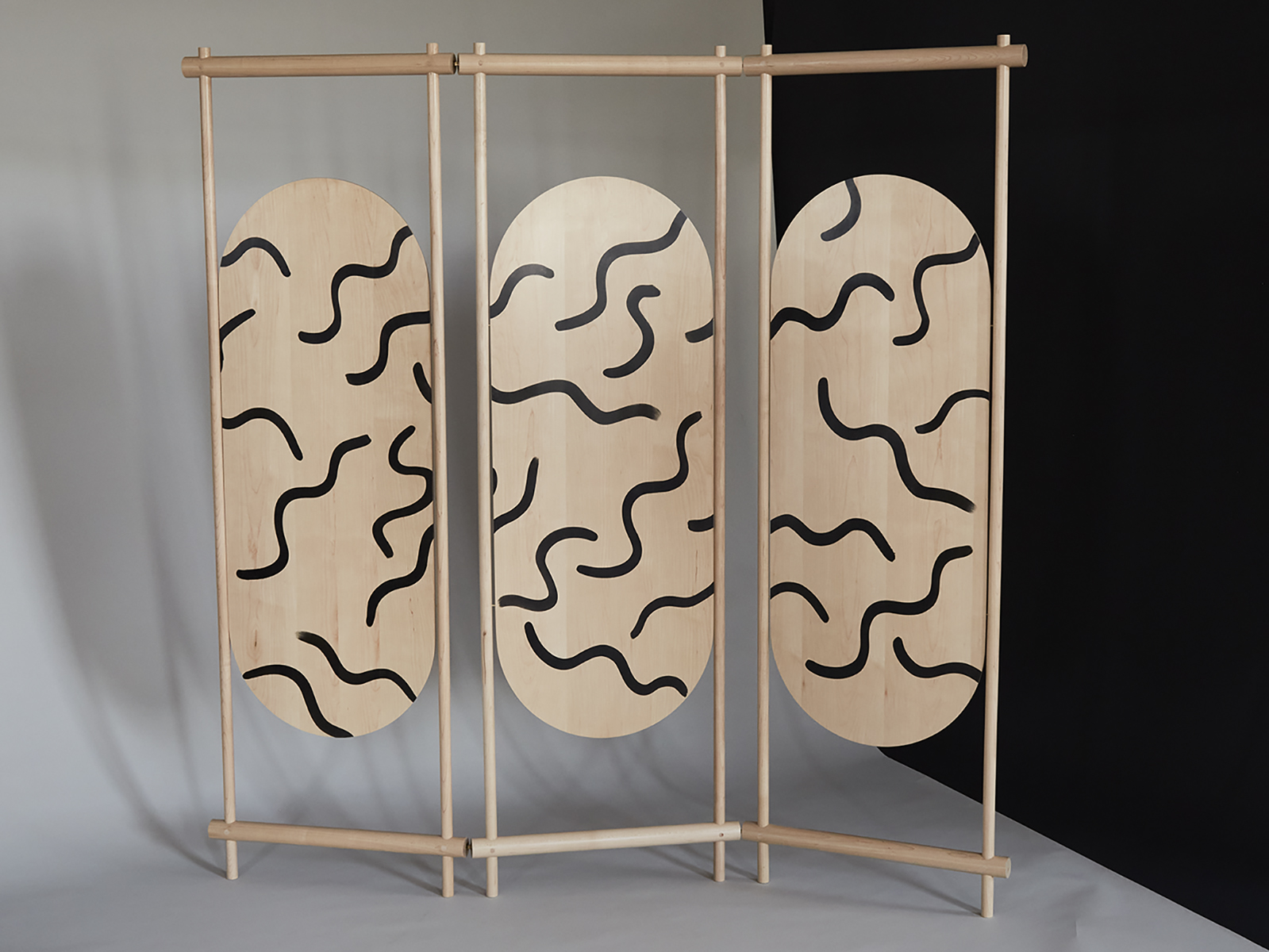
For many of us, lockdowns have led to new beginnings. In North Carolina, Mike Newins launched furniture brand Make Nice during the pandemic, and the self-taught designer hopes that his pieces will “elevate their surroundings instead of condescending them.”
The Make Nice debut collection includes the three-panel Pattern Repeat Room Divider in maple—which, because it’s handcrafted to order, has a unique pattern—and the open-frame Basic Structure Sofa guaranteed to elevate your home into something extra special.
makenice.io
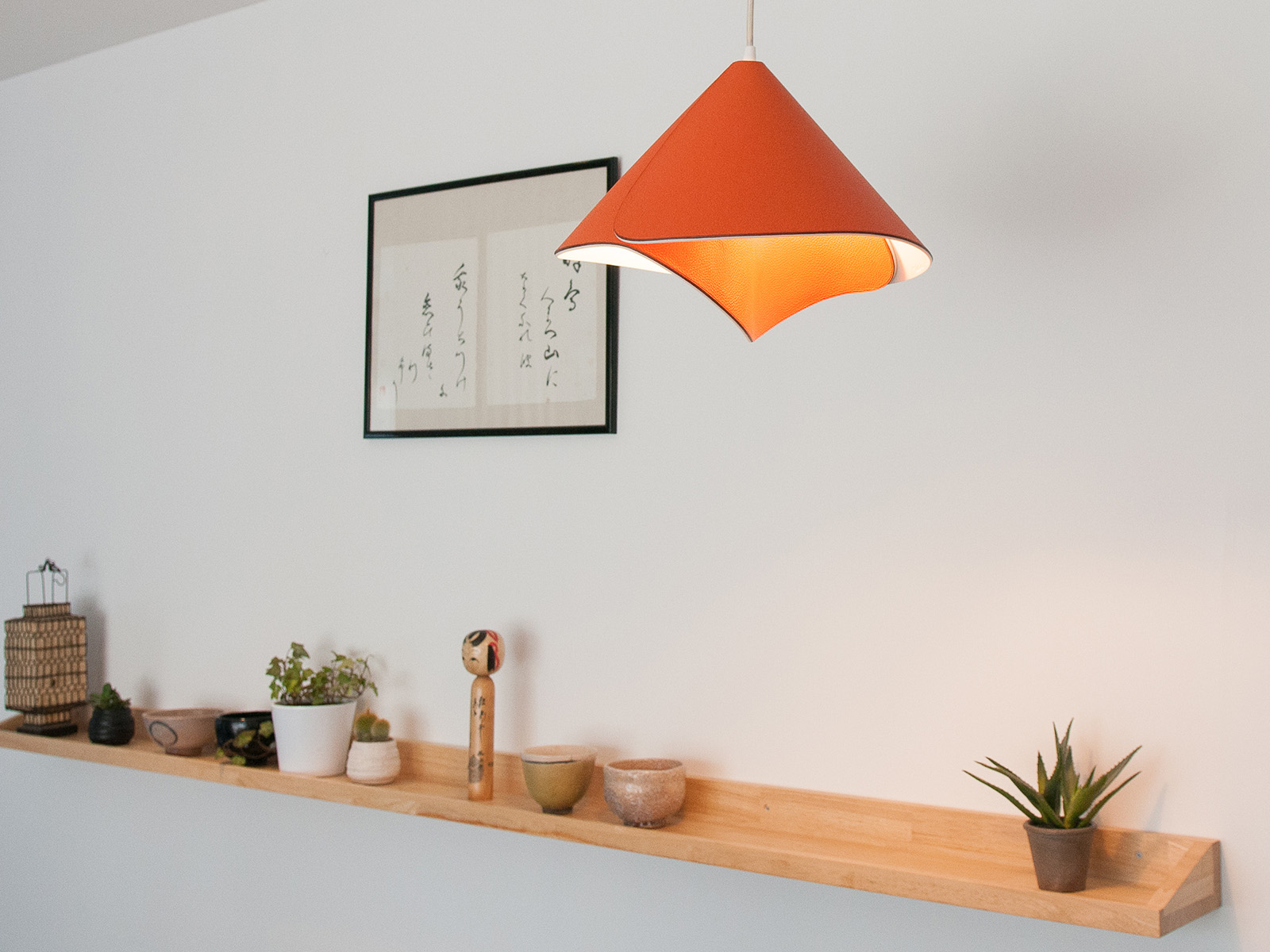
Tulips have long been symbols of love and passion, and were the subject of a “tulip mania” market boom in the Netherlands during the 1600s, when they cost more than gold. French designer Pierre Cabrera’s Tulip lights take inspiration from the bloom, and have been available as a table or wall lamp for a while.
A pendant light has now been added to the collection, with a hand-cut leather shade that evokes the angled leaves of the flower. Available in two sizes, Tulip30 and Tulip40 also use the latest LED lighting for a gentle glow.
pierre-cabrera.fr
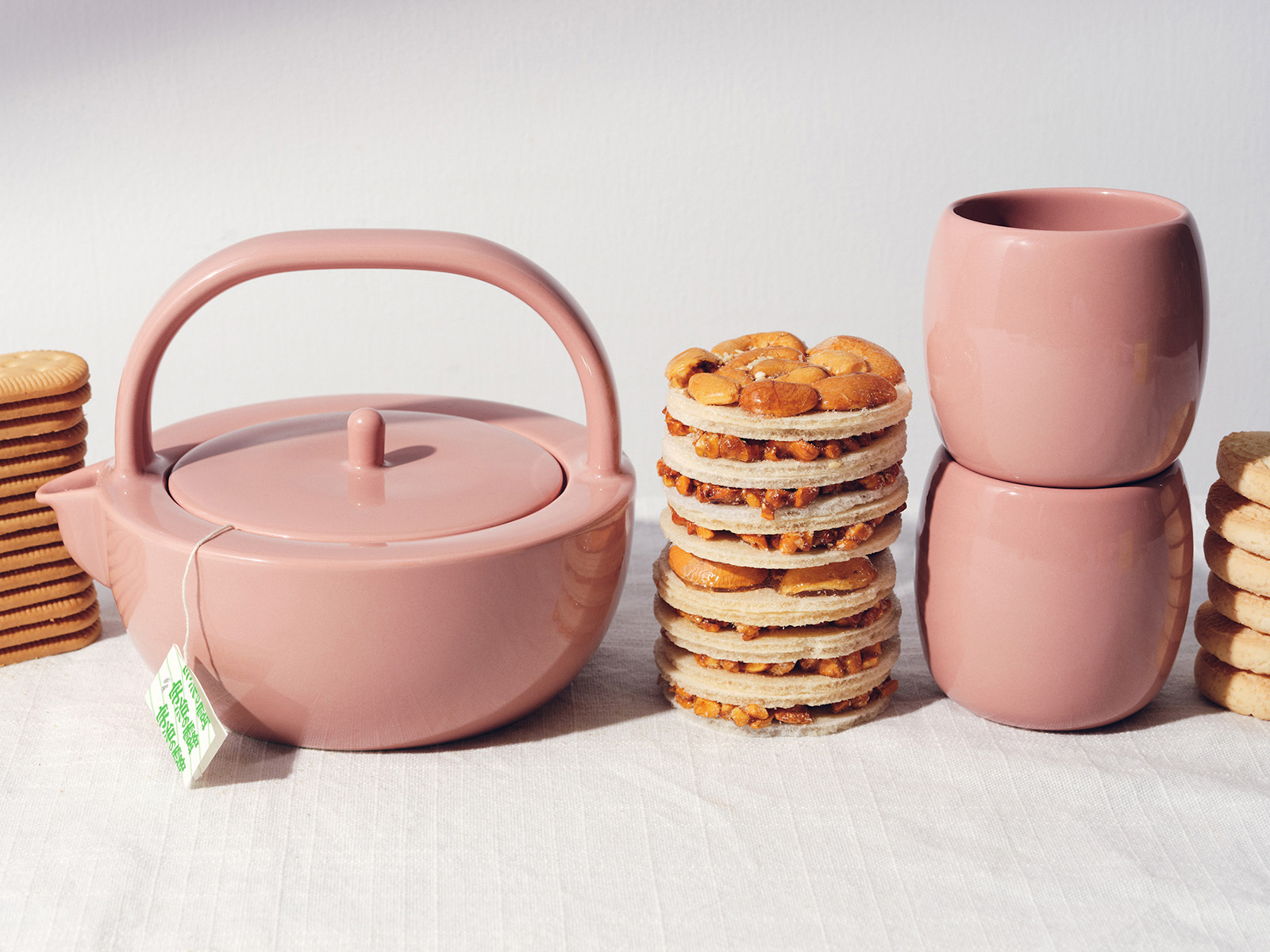
Argentina native Vanessa Eckstein and Frenchwoman Muriel Solomon may have been born on separate continents, but when they met they discovered that they share an enthusiasm for design, community, and “the moments that carry true meaning.”
Channeling these passions they created the Førs Studio homeware brand. Designed by the pair in Canada, Førs Studio’s pieces for the home include a sculptural carafe, asymmetrical serving bowls, tactile cups, and two teapots for “intimate moments that awaken your senses.”
forsstudio.com
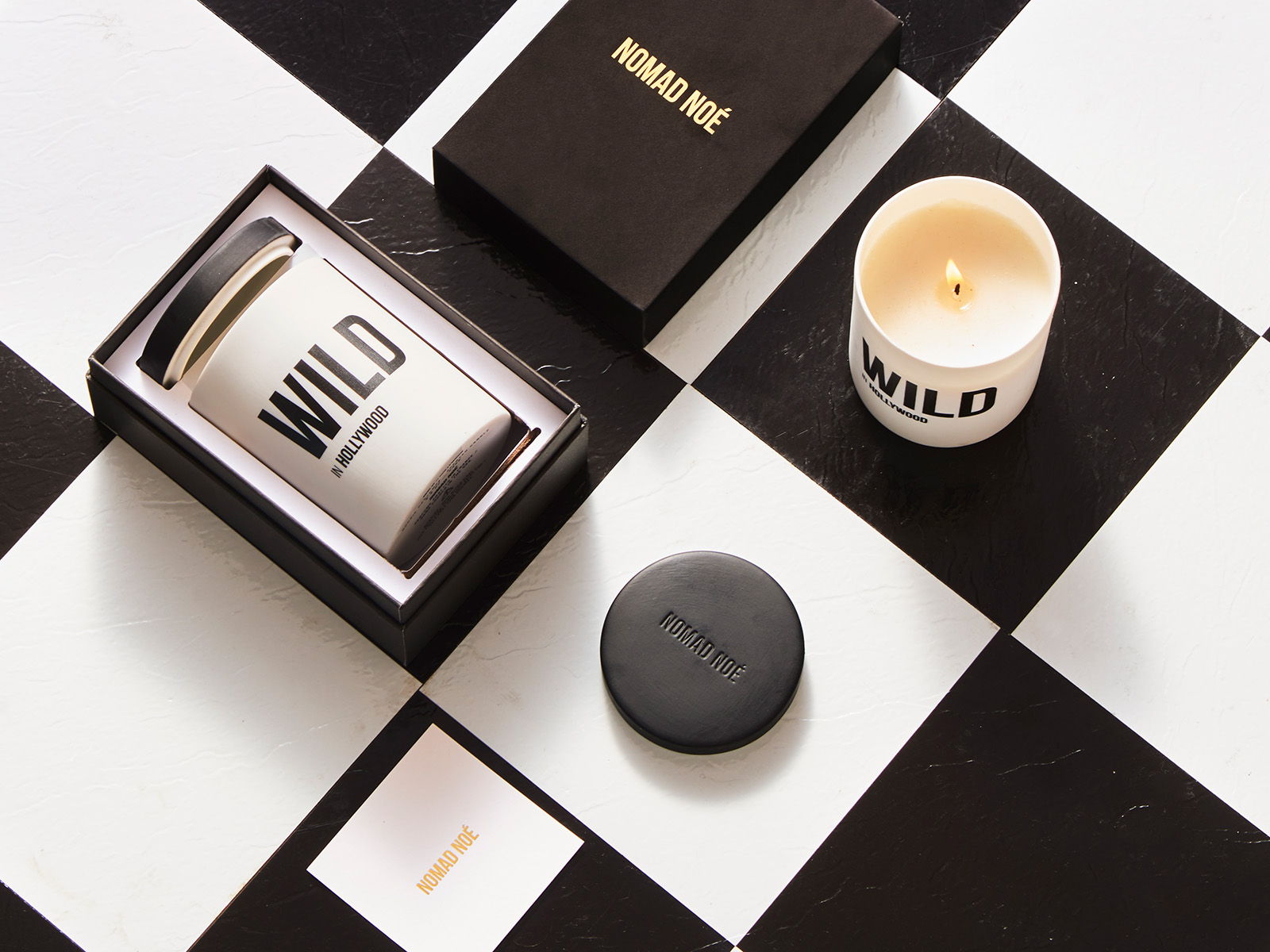
Travel has been a constant in Corentin Hamon’s life: growing up in France, his family split its time between Brittany and Paris, where he went on to study. School also took him to Istanbul and Santiago in Chile. His working life has been global, too, starting in Hong Kong where he worked on fragrances for Givenchy and Kenzo.
Scent and travel still take center stage in Hamon’s world with his “story infused” Nomad Noé candles. These feature fragrance oils crafted in France, hand-poured in the United States, and inspired by destinations including London, Bahia, and Hangzhou. Hamon’s latest creation, Wild, takes its cue from 1930s Hollywood and has sweet aromas of whiskey, tobacco, and oud to fragrance your home.
nomadnoe.com
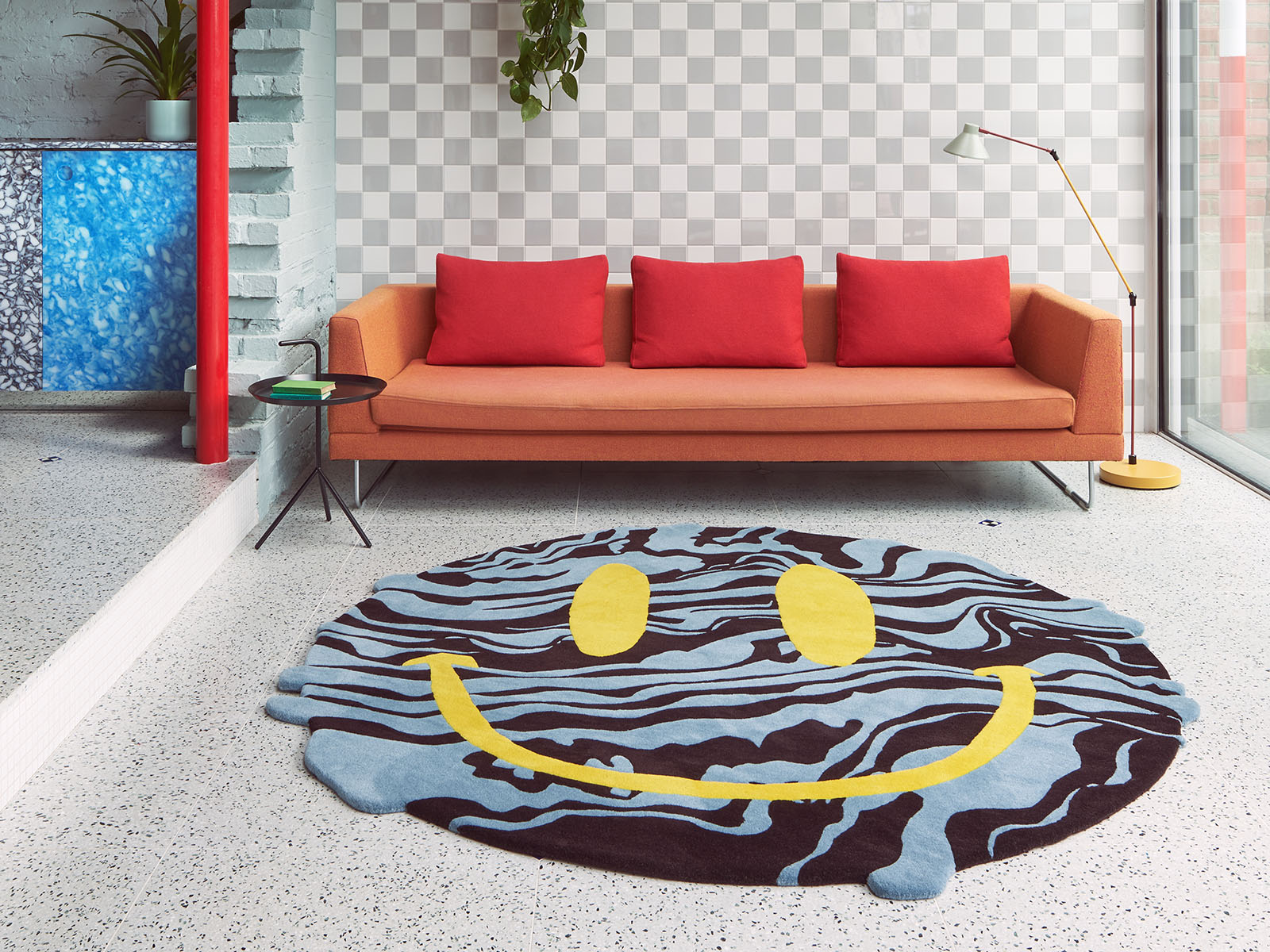
The ’90s design icon, the smiley, has been reinvented again, this time by the U.K.’s Floor Story and designer Henry Holland, who has used the rave iteration of the smiley face symbol on some of his designs for the acclaimed rug company.
Inspired by the aesthetics of ’80s and ’90s club culture and the fliers, clothes, and graphics of the rave scene, the striking rugs—which Floor Story admit allude to “out of mind” experiences—feature irregular shaping and patterns that seem to melt onto the floor.
floorstory.co.uk
Banner image: Floor Story